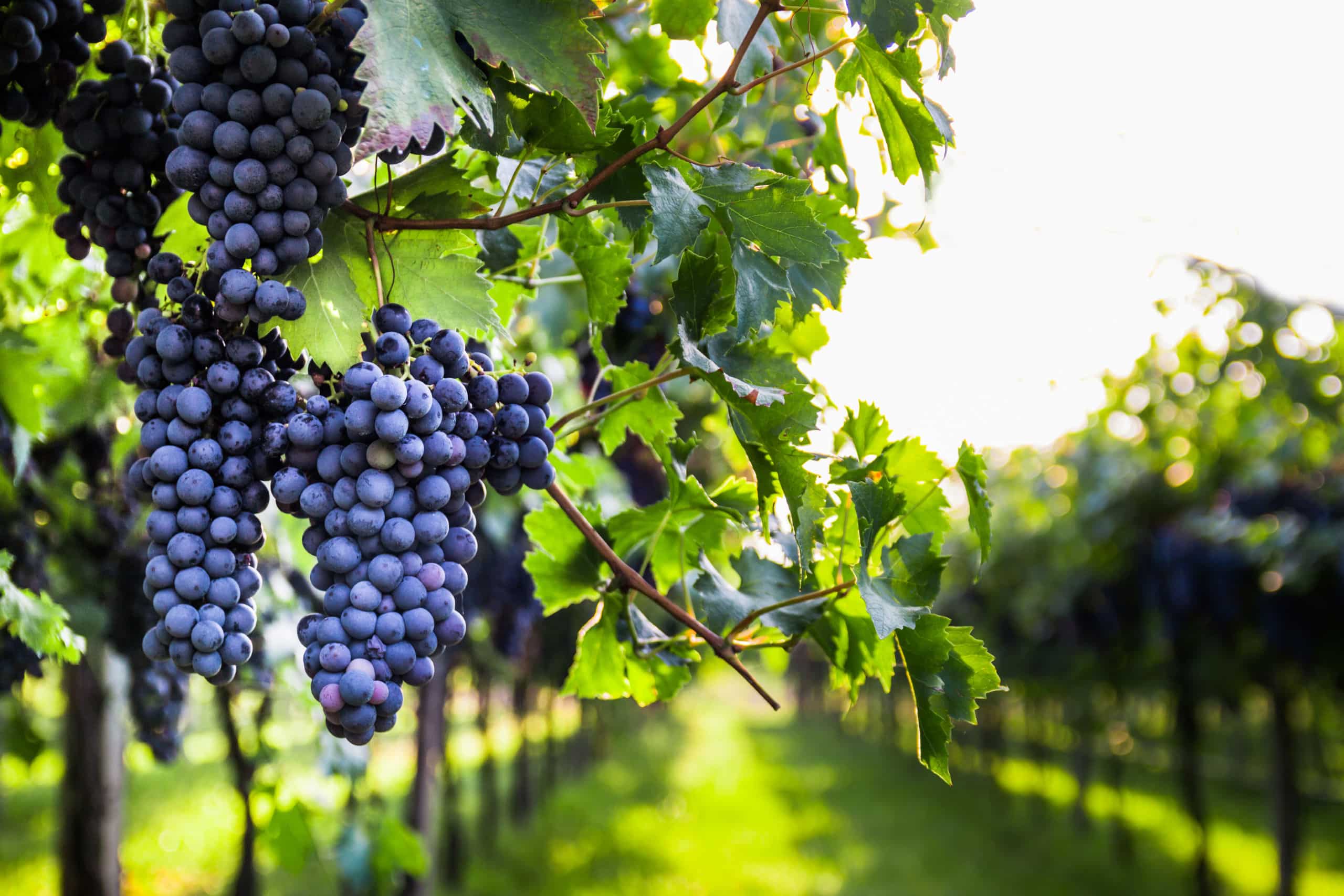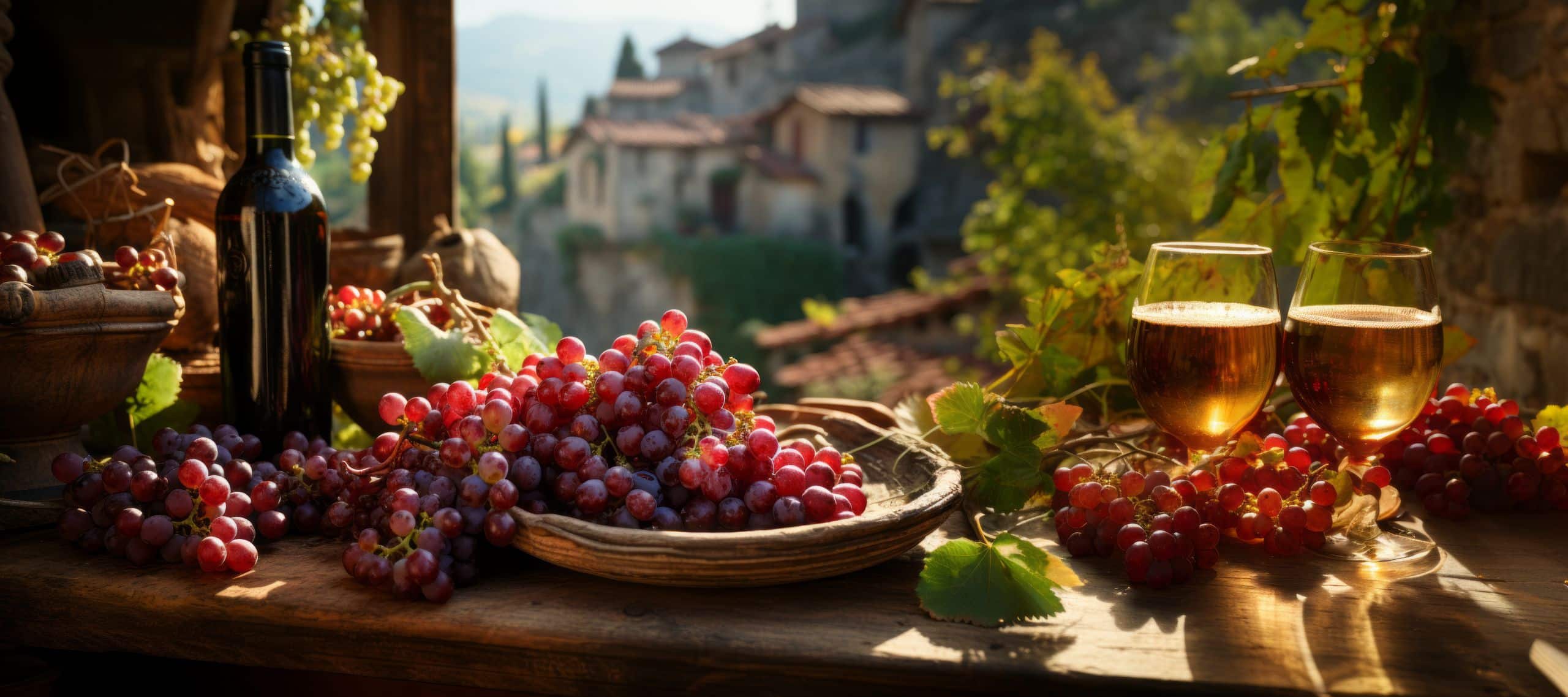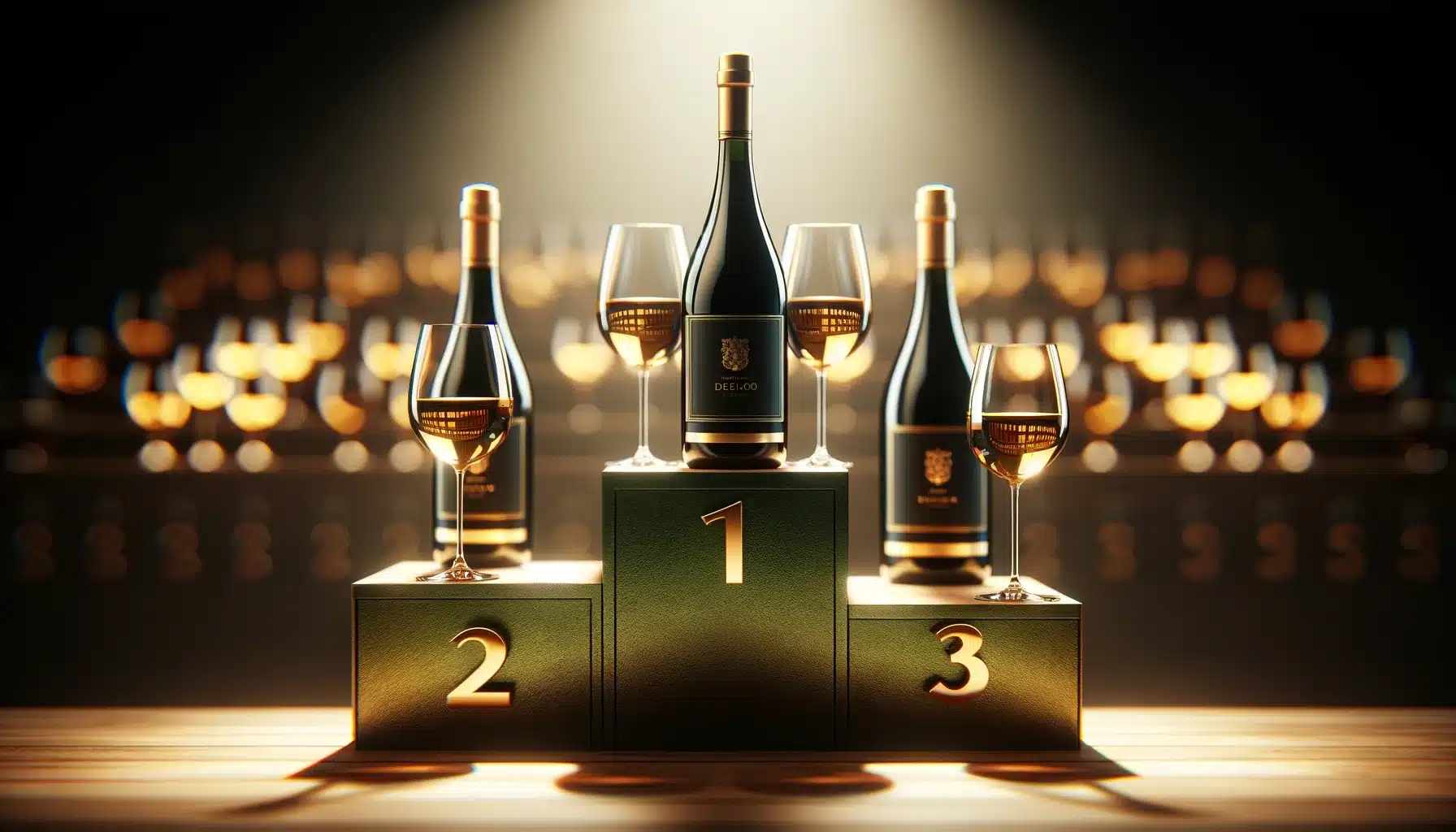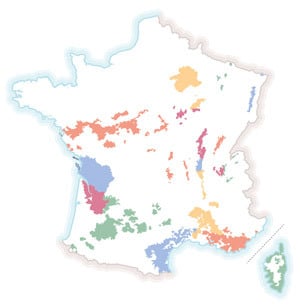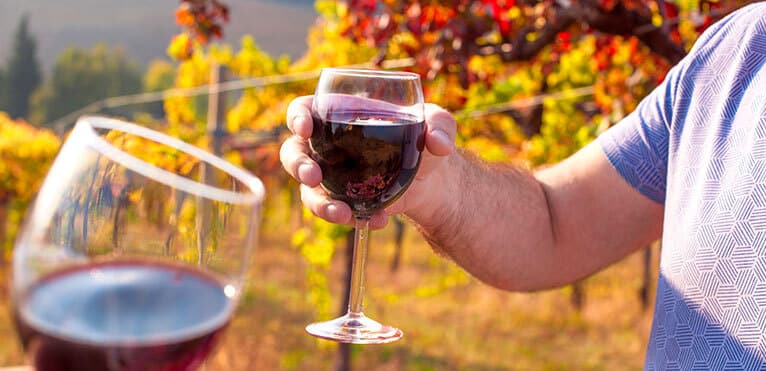
Contents
A vin nature, natural, naked, living or pure wine is a wine made without inputs from grapes grown and harvested with the utmost respect for the environment. Today, there’s no legislation governing these wines, so it’s up to the winemakers, in good faith, to assert that they’re following a philosophy and doctrine that’s in love with nature (in any case, a natural wine is easy on the eye!).
In recent years, natures wines have conquered the most select cellars and Michelin-starred restaurants. How do you explain this rise? And where do these natural wines come from?
What is natural wine?
There are no legal texts or constraints governing natural wines. However, some fifty winegrowers belonging to the Association des Vins Naturels have signed a natural wine charter containing a set of specifications and certain elements to be respected in order to qualify a wine as natural. This charter remains unofficial, but simply emanates from a consensus between a group of winegrowers.
To sum up the soul of a natural wine, we could characterize it as a wine grown and vinified without the use of any inputs. The philosophy of natural winemakers is to rediscover the purest expression of terroir, which is the very soul of the grapes that give birth to wine.
The fertilizers used during cultivation are natural, no pesticides are used and harvesting is done by hand. In short, in the vineyards, the “rules” to follow are those of organic or biodynamic agriculture.
In the winery, no external yeast is used in the vinification process; only indigenous yeasts, naturally present on the grapes, interact during fermentation. Moreover, no other oenological inputs are used, apart from a derisory dose of sulfur (40 mg/L, 6 times less than conventional wines) to fix and stabilize the liquid.
Why is it so fashionable?
Natural wines are all the rage these days, but this isn’t the first time they’ve been talked about. In fact, at the beginning of the 20th century, in 1907 to be precise, during the Languedoc winegrowers’ revolt in Montpellier, winegrowers chanted “Vive le vin naturel! The years 1903, 1904 and 1907 were a time of strikes by winegrowers.
Moreover, before technological and scientific progress, nature alone guided and governed the cultivation and vinification of wines. Wine has therefore been natural in essence since the birth of viticulture, and has only turned away from nature since the advent of technical and scientific progress.
In recent times, with the growth of ecological concerns and the resurgence of local consumption, it’s only natural that natural wine (no pun intended) should become fashionable!
Natural wines also have organoleptic and taste attributes that are profoundly different from conventional wines, giving them a certain typicity that is much appreciated by many consumers. For example, since the wine is unfiltered, its color will tend to be more cloudy. In addition, the wines give off vegetal and “terroir” aromas more easily, partly because nature has been allowed to express itself fully, and partly because the wine lacks oxygen. We’re obviously thinking here of the famous taste of hay or manure pit that can be found in the natural red wines of the Jura. Since they contain very little sulfur, vins natures also need to be in contact with a certain amount of CO2 to be preserved. When opened, these wines will have a slight perlage, which may require a slight decanting to oxygenate the wine.
While this set of impurities might be considered a defect by conventional standards, it’s becoming increasingly common for wine enthusiasts to appreciate these kinds of characteristics. However, not all vins natures are cloudy and sparkling. The fact remains that today’s great natural wines are world-renowned for presenting aromas that are very faithful to the terroir that gave them birth.
Finally, the development of vins natures in wine cellars, wine bars and gourmet restaurants goes hand in hand with the emergence of a new gastronomy that is close to the terroir, bistronomic, young and dynamic. Say goodbye to old Bordeaux and Burgundy, and say hello to Languedoc, Jura and Savoie!
Photo : Adobe Stock – Marina
